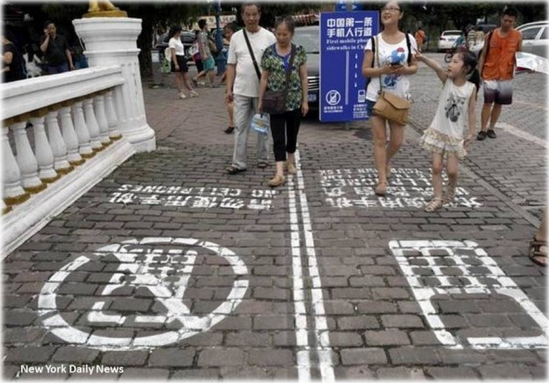Human nature relativizes disadvantages and problems in depending on what they affect us, personally or our environment. With respect to Accessibility and Universal Design, today, we can find the idea that these are problems that only persons related with disability scope must engage.
At the disability world, we can say that general mentality is quite advanced, although not enough yet, and less what concerns to mental health. The changes of attitude towards disability people started at the Renaissance. In Spain, Isabel of Castile created hospitals for soldiers in which prosthesis and therapeutic device were provided them. Even so, disability did not begin to be seen with clinic eyes until the middle of s. XIX, in order to know the causes and suggest possible improvements. But this issue was addressed from social services. People with disabilities were seen as people null, from the point of view social and productive skills.
At mid-twentieth century, in 1955, during the International Labor Conference, a recommendation about “Rehabilitation and Employment of the Disabled” was presented. In this moment, it was considered “the need to make available to people with average disability professional adaptation medias of independently their origin, nature or age, always they can be prepared to exercise adequate employment and they have a reasonable prospect of obtaining and maintaining employment”. Although it has analyzable nuances still, it can be considered as the forerunner of the social and labor integration of people with disabilities.
Although in 1948, there is talk of equal rights for all people in the Universal Declaration of Human Rights, compliance is not regularized for people disabled until 2006, at the Convention on the Rights of Persons with Disabilities adopted by the United Nations General Assembly. In Spain came into force two years after.

Following the Convention, Laws that try to go adapting to reality, with more or less success, emerge. And, when have we started to talk about Accessibility? In 2007, the first resolutions concerning access and use of public spaces appear in Law on Equal Opportunities, Non-Discrimination and Universal Accessibility, known as LIOUNDAU. The First National Accessibility Plan 2004-2012 appeared and was published by the Ministry of Labour and Social Affairs. The main objective is “to achieve universal access for all environments, products and services to overcome barriers that discriminate against persons with disabilities”.
In 2013, it was recasted, with other Laws, in the General Law on Rights of Persons with Disabilities and their Social Inclusion. At this Law were introduced Universal Design principles, Social Inclusion and Independent Living among others. Telecommunications and Information Society are among its areas of application.
This legislation has support in different international and national standards and regulations related to interface ergonomics, accessibility of hardware and software, subtitling, audio description and web accessibility, such as
Regarding Universal Design or Design for all, it is necessary to clarify that this concept does not cover all possible cases. As Stephanidis said in 2001, “universal design does not necessarily imply that a single design should be suitable for all users, but it should be treated as a design philosophy that tries to meet the needs of accessibility for the greatest number of potential users”.

In Spain there are entities such as the National Center for Technology Access, the State Reference Center of Accessibility and Technical Support or the Spanish Centre for Subtitling and Audio Description which are responsible for promoting and supporting everything related to the accessibility need of people with disabilities.
After this collection of Laws, regulations and related aspects accessibility in the field of computer science, is clear that the design and accessible development is not an option. Accessibility is an obligation, in legal terms. The problem is that ‘accessibility’ is not understood as part of design – few universities considering ‘accessibility’, and only as an optional subject. This makes that accessible systems development needs accessibility experts and it increases the costs in time and money of any technology project.
We should consider whether these savings offset, in cost or quality, spending necessary to adapt or redo designs, in the event that the Laws of digital accessibility were applied with the same rigor as those affecting architectural designs. Is built a new building without access to level?
Finally, if we are talking about “meet the needs of the most number of users” we should keep in mind that we are opening the market expectations of the products we develop. Where we see an obligation, cannot we have a good business?
- Wearables for women - 21 October 2016
- Did Nikola Tesla open a door to accessibility? (II) - 3 August 2016
- Did Nikola Tesla open a door to accessibility? (I) - 29 July 2016
